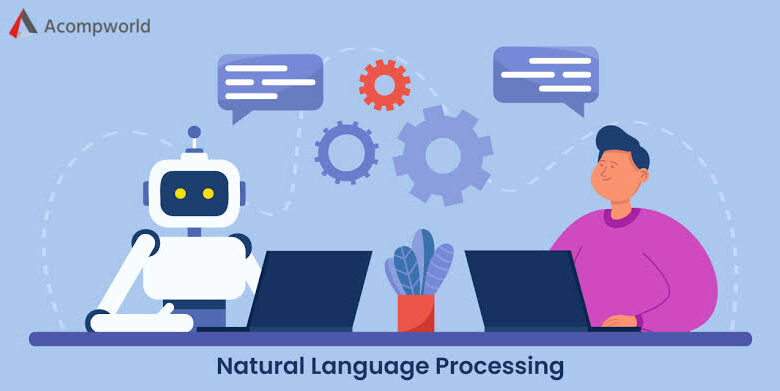
Natural language processing (NLP) is a rapidly advancing field of artificial intelligence (AI) that enables computers to comprehend, interpret, and manipulate human language. As a subfield of AI and computational linguistics, NLP combines rule-based modeling of human language with statistical and machine learning approaches to create applications that can analyze, understand, and generate text and speech.
The Importance of NLP
In today’s digital age, where human-computer interaction is becoming increasingly prevalent, NLP plays a crucial role in bridging the gap between natural language and machine language. By enabling computers to understand and respond to human language, NLP has revolutionized various industries, from customer service and virtual assistants to machine translation and text summarization.
How NLP Works
NLP models work by finding patterns and relationships between the different components of language, such as letters, words, and sentences. These models use various techniques for data preprocessing, feature extraction, and modeling:
Data preprocessing: Techniques like stemming, lemmatization, sentence segmentation, and stop word removal are used to prepare the text data for further processing.
Tokenization: The process of breaking down text into individual words or word fragments, which are then represented as numerical tokens for use in deep learning methods.
Machine learning: NLP models employ statistical and neural network-based machine learning approaches to analyze and understand the patterns in language data.
Applications of NLP
NLP has a wide range of applications, including:
Natural language understanding (NLU): Converting text into formal representations, such as first-order logic structures, that are easier for computer programs to manipulate.
Natural language generation (NLG): Generating human-readable text from structured data or semantic representations.
Machine translation: Automatically translating text from one human language to another.
Sentiment analysis: Analyzing text to identify its sentiment, such as positive, negative, or neutral.
Text summarization: Generating concise summaries of longer texts to make them more manageable for readers.
Keyword extraction: Identifying the most important keywords or phrases in a text for purposes like search engine optimization (SEO) and business intelligence.
Chatbots and virtual assistants: Enabling conversational interfaces that can understand and respond to user queries.
Challenges and Future Directions
While NLP has made significant advancements in recent years, there are still challenges to overcome. One of the main challenges is dealing with the ambiguities and irregularities of human language, such as homonyms, idioms, and context-dependent meanings. Additionally, NLP models can be computationally expensive to train and run, requiring significant computational resources.
Looking ahead, the future of NLP is likely to involve further advancements in deep learning and neural network architectures, such as transformer models and large language models. These models have shown impressive results in tasks like language generation and question answering, and are expected to continue driving progress in the field.
Another area of focus for the future of NLP is the development of more robust and ethical AI systems. As NLP applications become more widespread, there is a growing need to ensure that these systems are transparent, accountable, and aligned with human values.
Conclusion
Natural language processing is a rapidly evolving field of AI that is transforming the way we interact with technology. By enabling computers to understand and generate human language, NLP is opening up new possibilities for applications in various industries, from customer service to scientific research. Slotting in NLP, much like finding a slot gacor in online gaming, can significantly enhance productivity and user experience. As the field continues to advance, it will be important to address the challenges of ambiguity and computational complexity, while also ensuring that NLP systems are developed in an ethical and responsible manner.



